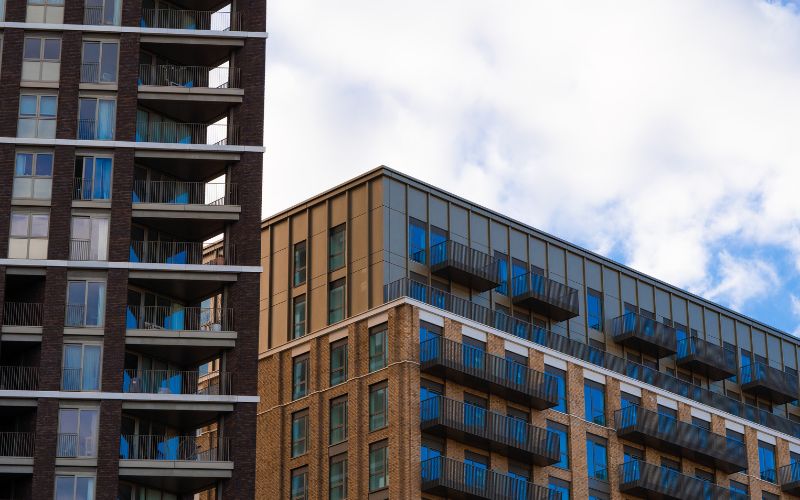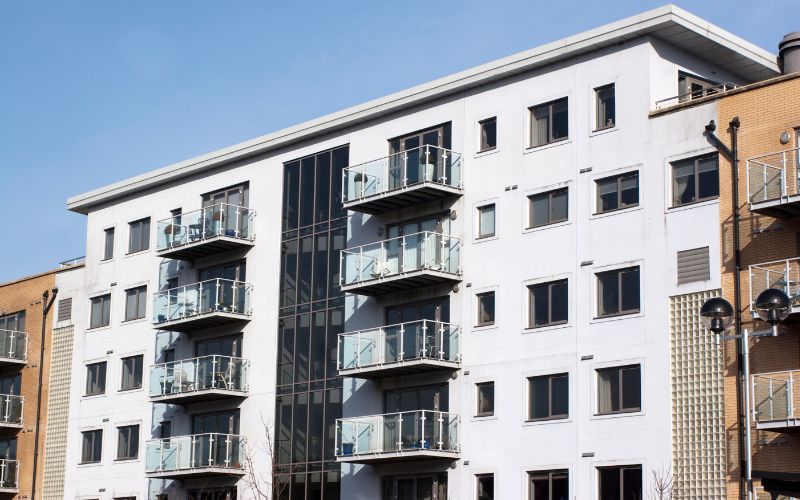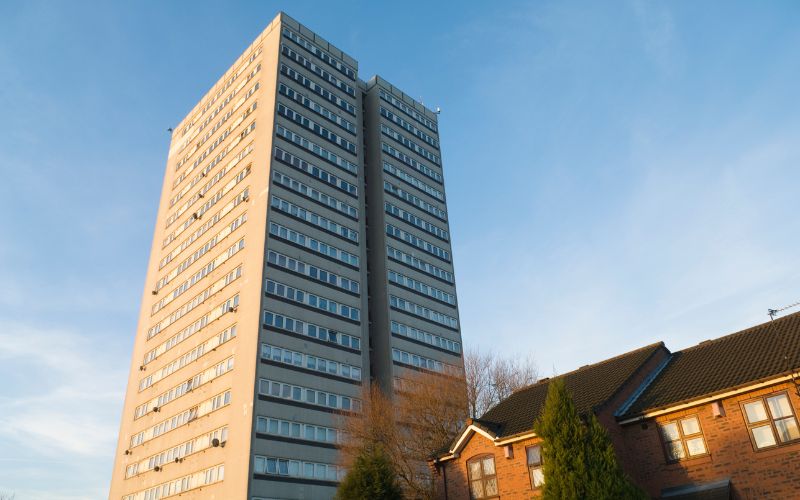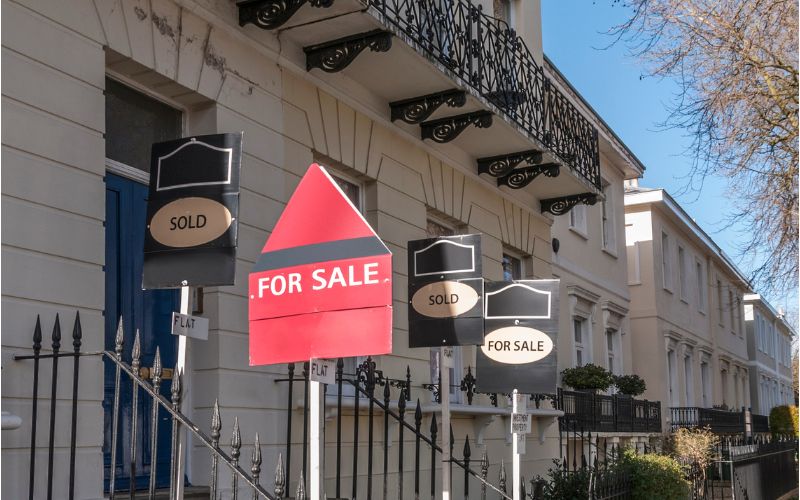The legislation is changing the way the construction industry works by clarifying responsibility, mitigating risks, safeguarding the public, and improving the quality, design, and execution of new developments. So, what exactly is changing? We ask our MD Alex…
What are the main objectives of the new changes?
Following the Grenfell Tower blaze back in 2017, there have been calls for a review into building safety in the UK. We finally got one and from this, there have been a few new changes implemented to the BSA which aim to minimise the impact of fire safety or structural failure incidents with a focus on Higher Risk Buildings (HRBs).
The industry is hoping this will better ensure the safety of residents and the public in or around higher-risk buildings by checking that those responsible for the property are consistently and effectively evaluating their buildings for potential issues.
So, what exactly has changed for HRBs?
The definition of a HRB is still the same. It’s a building that’s at least 18m in height or has 7 storeys; and contains a minimum of 2 residential units – but there has been updates to them in the BSA.
In a nutshell, the technical requirements remain unchanged, however, a gateway process has been introduced alongside a change in management protocols.
Those responsible must now demonstrate how the building has been designed, built, and managed by something called the ‘Golden thread’.

What is the 'Golden Thread'?
The Golden thread is a digital record of a property’s fire and structural building safety information.
It’s required for all HRBs, existing and new, and allows accountable persons or dutyholders to identify, understand, manage and mitigate certain building safety risks throughout the property’s lifecycle.
Is anything changing for non-HRBs?
As it stands, non-HRB projects are not subject to oversight by the Building Safety Regulator and there’s no formal Gateways for these types of properties.
Non-HRB projects retain the flexibility to choose their Building Control Authority and unlike HRBs, non-HRB projects are not bound by a set of prescribed documents.
However, while competency is still essential for non-HRB projects, the standards are less onerous than those required for HRBs.
Who will HRB works fall under?
The BSR will become the sole regulatory authority overseeing higher-risk buildings in England under the new BSA amendments.
All such construction projects will now be under the purview of the BSR, which means local authorities and approved inspectors are no longer permitted to supervise them.
Developers responsible for high-risk structures are no longer have the choice between utilising a local authority building control or a private inspector for their building control needs. Instead, this responsibility will be automatically assumed by the BSR.

What will the BSR do?
Their primary responsibilities include:
- Overseeing the performance of other building control bodies and understanding and advising on existing and emerging building standards and safety risks
- Advise the government and oversee and influence the competence and performance of the built environment
- Implement the new regulatory regime for higher-risk residential buildings
The upcoming regulatory framework will incorporate designated decision points. During these pivotal moments, the BSR will evaluate whether those responsible for the building are adequately prioritising safety measures and adhering to regulations.
Once the building's complete, there will also be a conclusive decision phase, during which the BSR will verify the building's safety for occupancy.
Can you explain what the gateways are?
There are three Gateways those in the industry need to be aware of. Gateway one is essentially the planning stage. Here, you are required to show that you have taken fire safety measures into account.
There will be a hard stop on construction works with Gateway two. Unless your application has been approved by the regulator, then construction cannot begin.
Gateway three then comes once construction is complete. The regulator will carry out their inspection of the property, however, there will be a hard stop on occupancy until a completion certificate is issued.
What is an 'Accountable Persons'?
An Accountable Persons (AP) is a dutyholder who is responsible for HRBs under the new BSA amendments. It can be either a person or an organisation, and their role is to maintain the common parts of a building – like lobbies and corridors etc.
More confusingly, the Government have introduced new titles; Principal Designer, Designer, Principal Contractor, Contractor. These are different from those under CDM2015.
So, rather than relying solely on the building control body for compliance, this highlights the responsibility of the designer and contractor to ensure adherence to building regulations.

Can you explain what the New Home Ombudsman Scheme (NHOS) is?
The New Home Ombudsman Scheme (NHOS) is an independent redress scheme. It provides recourse for new home buyers encountering issues with their property or dissatisfaction with the quality of construction or service from the developer.
If the developer fails to address the complaint adequately, affected parties can escalate the matter to NHOS. Membership with NHOS is mandatory for all developers, who must register and uphold their affiliation with the scheme.
And finally, what's the implementation timeline looking like?
The BSR will begin assessing Building Assessment Certificate applications in April 2024. All building control professionals will need to register with the BSR by 1st April 2024.
Who are we?
Sillence Hurn’s Chartered Building Surveyors are RICS qualified with extensive experience of building surveying across London and the South of England.
From advice around feasibility, cost planning, undertaking the work in the current market, specifying works, overseeing and managing the implementation of changes, our chartered building surveyors will be able to identify any upgrades and advise you on the best measures going forward.
Read more about our solutions here:
Technical due diligence
Project management
Dilapidations consulting
Cost management
Monitoring Surveying
Party Wall
Contract Administration
Planned Preventative Maintenance
Email us at enquiries@sillencehurn.co.uk or call our Southampton team on 02380 014786 / London at 020 3143 2128





